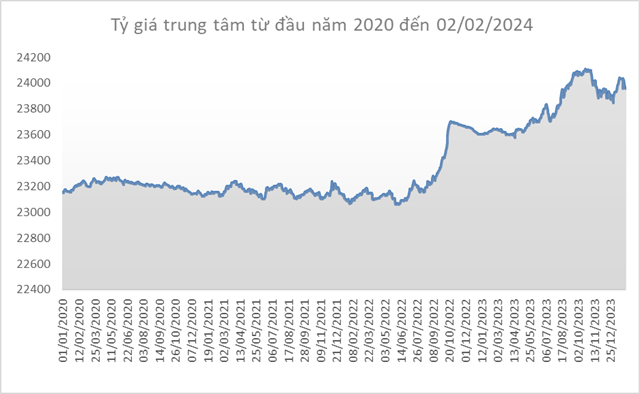Vietnam’s manufacturing sector returned to growth in April 2024 as new orders surged, boosting production. However, firms cut jobs and business sentiment weakened. Meanwhile, input costs continued to rise, albeit at a softer pace. This allowed manufacturers to continue discounting prices to customers to attract new work.
The S&P Global Vietnam Manufacturing Purchasing Managers’ Index™ (PMI®) – climbed back above the 50.0 no-change mark in April, posting 50.3, up from 49.9 in March. The latest reading pointed to a modest improvement in the health of the sector, and was the third time in the past four months that the index has signaled an improvement.
A key positive for the survey was that new orders rose again, and at a solid pace after a marginal decline in the previous month. Moreover, the rate of expansion was the strongest since August 2022. Panel members noted that market demand improved and they had success in attracting new customers.
New export orders also increased, but the rise was only modest and softer than the gain in total new orders.
Another factor that helped manufacturers secure new orders was a reduction in selling prices for the second month running as firms engaged in price competition and met customer requests for discounts. The latest decrease in charges was the most marked in nine months.
Companies discounted prices despite ongoing increases in their input costs, although the pace of input price inflation eased, making it easier for firms to lower their selling prices without squeezing margins too much. Where input costs did rise, panel members mentioned higher fuel and transportation costs. There were also some reports of rising sugar prices. The upturn in new orders helped to lift manufacturing production in Vietnam, albeit only marginally.
Despite the expansions in new orders and output in April, ongoing weakness in demand led companies to cut their staffing levels for the first time in three months, often achieved through the non-renewal of temporary worker contracts.
However, with new orders rising again, the reduction in headcounts left firms with less spare capacity to meet demand. As a result, backlogs of work increased for the first time in three months, albeit only slightly.
Purchasing activity expanded for the first time in six months in response to the increase in new orders, but the upturn was only slight as companies remained reluctant to commit to holding stocks. Indeed, stocks of purchases fell sharply again, extending the current period of reduction to eight months.
Stocks of finished goods also declined, partly reflecting the need to fulfill the rise in new orders from constrained production. The rate of reduction eased compared to March. Supplier delivery times were unchanged in April, ending a three-month period of lengthening lead times.
Some firms noted that ample supplier inventories helped to speed up deliveries. Recent market uncertainty led to business confidence decreasing to a three-month low. However, hopes of demand remaining stable and improving in coming months supported optimism that output will increase over the next year.
Commenting on the Vietnam PMI data, Andrew Harker, Economics Director at S&P Global Market Intelligence, said: “New orders for Vietnamese manufacturers rose encouragingly in April, following a period of weakness.
There were also some signs that the rebound in new work caught companies by surprise, with employment falling further as firms pared back workforces in response to the earlier downturn in demand, leading to a rise in backlogs of work. We could therefore see some of those workers being recalled in the near future.
More broadly, the recent volatility in new orders is making firms nervous about the future. Hopefully, we will see a more stable environment in coming months to help manufacturers plan production and resource effectively. “







































